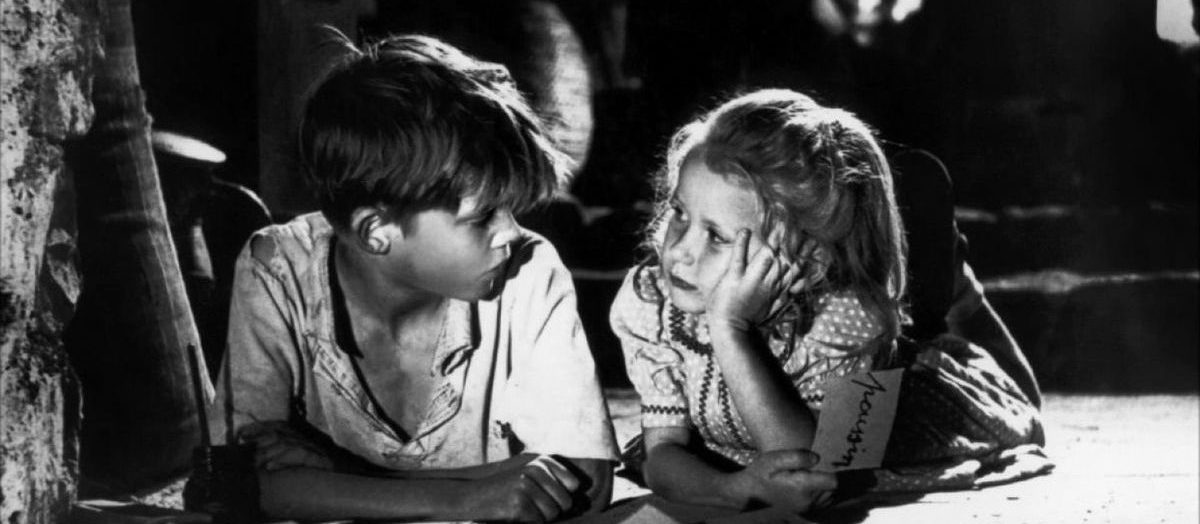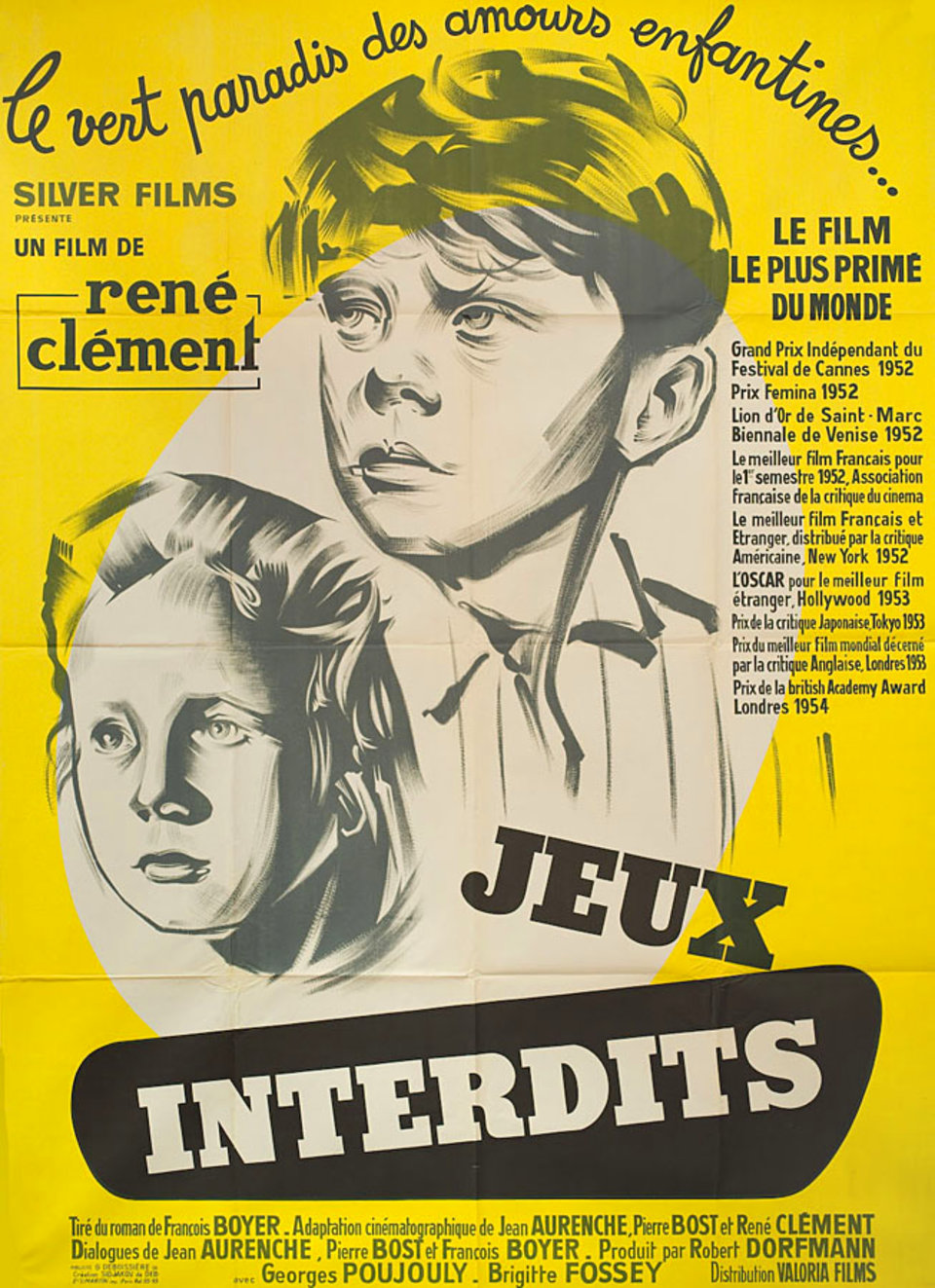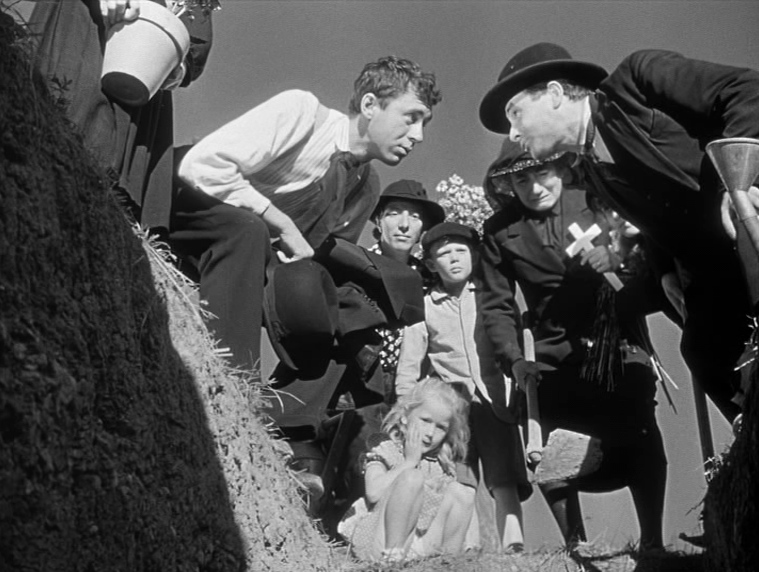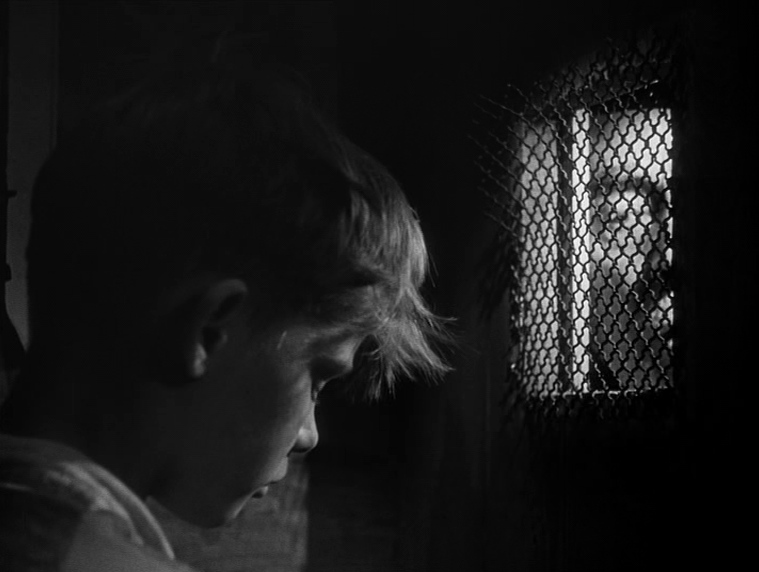

“Keep it a hundred years.”
Academy Award winner for Best Foreign Language Film, René Clément’s Forbidden Games is remarkable for its simplicity and honesty as well as the superb child acting by its two leads. Refraining from lecturing, the tightly packed film covers a range of heavy emotional topics without cheaply appealing to the emotional response of the audience for its success. It merely observes humanity in the face of tragedy and grief and manages to remain buoyant despite the weight of its subject matter. Like the superb Studio Ghibli film Grave of the Fireflies (1988), Clément’s film portrays children, gravely affected by the tragedy that surrounds them, finding ways to create real joy and happiness in their lives. It is an engaging experience and one that differs from the topically similar modern films that tend to thickly layer their stories with drama and sappiness.
The film takes place in 1940, just as the Nazis are taking over Paris. Fleeing into the countryside with her parents, five year old Paulette (Brigitte Fossey) soon finds herself orphaned after a German fighter plane attacks a group of Parisian refugees, killing her parents and her puppy right before her eyes. Lying next to her dead mother, she visibly falters in her attempt to process what has happened. She touches her mother’s lifeless cheek; then touches her own. She scoops up her dying puppy whose leg twitches occasionally as its life peters out. She is discovered alone and traumatized by the young Michel (Georges Poujouly), whose peasant family takes her in. Though she is helpless, confused, and horrified by what has occurred, she soon adjusts to life with the Dollé family and finds Michel to be a delightful companion who is willing to accommodate her so that he will have a playmate nearer his own age.

To distract themselves from the horror, the two children begin a strange ritual. Beginning with Paulette’s dog, they gradually construct an animal cemetery amongst the ruins of an abandoned water mill. But the film is not horrific in that regard. The ‘forbidden game’ of the title is not the grotesque habit of collecting dead animals or anything sexual (which is likely what the title implies to a modern American audience), but the theft of crucifixes. Paulette is curious about the crosses that she seems to see everywhere she looks. Unfamiliar with Christianity, she does not know any ritual prayers, or the Stations of the Cross, or the purpose of a crucifix. All of it must be explained to her by Michel, who has every ritual prayer memorized. They begin stealing crosses from other graves, including that of Michel’s brother, in order to decorate the graves at their hiding spot. The stealing of crosses inevitably stirs up trouble, and initially leads to a renewed feud between the peasant farm family and their next-door neighbors.
Each neighbor accuses the other of having stolen the crosses, leading to a humorous scene in which two men go tumbling into an open grave. Another darkly funny scene has Michel confessing to the priest that he has stolen the crosses, only to rush from the confession booth to nab the crucifix right off the altar. Though the battle wages only a few miles from the peasants’ farms, the heavy themes of war and death and chaos only make it to the screen subtly. Aside from the opening scene featuring the fighter planes,1 the ramifications of the war are seen in the weekly newspaper, sons returning home (or deserting) and barely speaking of it, and in the heightened tensions of the adults.

Eventually the Red Cross arrives to take Paulette away, even though she confesses that she doesn’t exactly remember her parents dying and gives her family name as Dollé. Michel strikes a deal with his father, and reveals the location of the pet cemetery in exchange for letting Paulette stay; but he is betrayed and she is taken anyway. In a rage, Michel destroys the cemetery and tosses the crucifixes into a nearby creek. All except one, the rosary that Paulette had worn. He presents it to the owl that has kept vigil over their strange playground.
Dramatically, the film is simple. It is decidedly anti-war, but it also could be viewed as a gentle satire of Catholic dogma. The children make their own rituals using religious icons and by doing so come to find healing power in them. What makes the film unique is its simplicity (the war is intentionally in the background) and the wonderful acting of the child stars. They are both outstanding, and their performances are natural and unforced. Though both continued acting as a career (Poujouly had roles in Les Diaboliques and Elevator to the Gallows), this is perhaps the best work of each. The film deserves mention in the same breath as other noteworthy child-starring films created for serious audiences. Child stars have been a constant in cinema since its inception, but often in films marketed to other children. There are a handful of other arthouse films starring children from the era that produced Forbidden Games, such as The 400 Blows, Bicycle Thieves, Pather Panchali, and Germany Year Zero. In the New Hollywood era, films like The Exorcist, Alice Doesn’t Live Here Anymore and Taxi Driver all made heavy use of young child actors, while the modern Hollywood system has given us strong performances in films like Léon: The Professional and True Grit. But most of these films feature actors that are ten or more years old; Fossey was five years old when she was cast in Forbidden Games, making the indie drama Ponette, which stars a four year old actress, perhaps the most appropriate comparison point.
For those partially desensitized by the dramatic overload of modern Hollywood films, a film like Forbidden Games is liable to catch you off guard and may even seem somewhat bland initially. It isn’t immediately accessible to modern audiences in the way that classic Hollywood films are,2 but if you give it a chance to leave an impression it is an emotionally moving experience.
1. Apparently Fossey, who was cast when she was five years old, did not understand what was happening when this scene was shot, and was terrified when she saw it at the premier.
2. Of course, classic Hollywood had its duds too; but many that are still watched regularly today, from Rear Window to Some Like It Hot, are eminently watchable to even the slightly interested cinephile in a way that arthouse foreign films are not. Older foreign films often require some context to be properly consumed. (Sure, for some, that context comes from watching a lot of other films from those eras. That’s the most enjoyable way to contextualize what you’re watching, it just takes a lot of time).
Sources:
Ebert, Roger. “A child’s-eye view of horror”. RogerEbert.com. 18 December 2005.